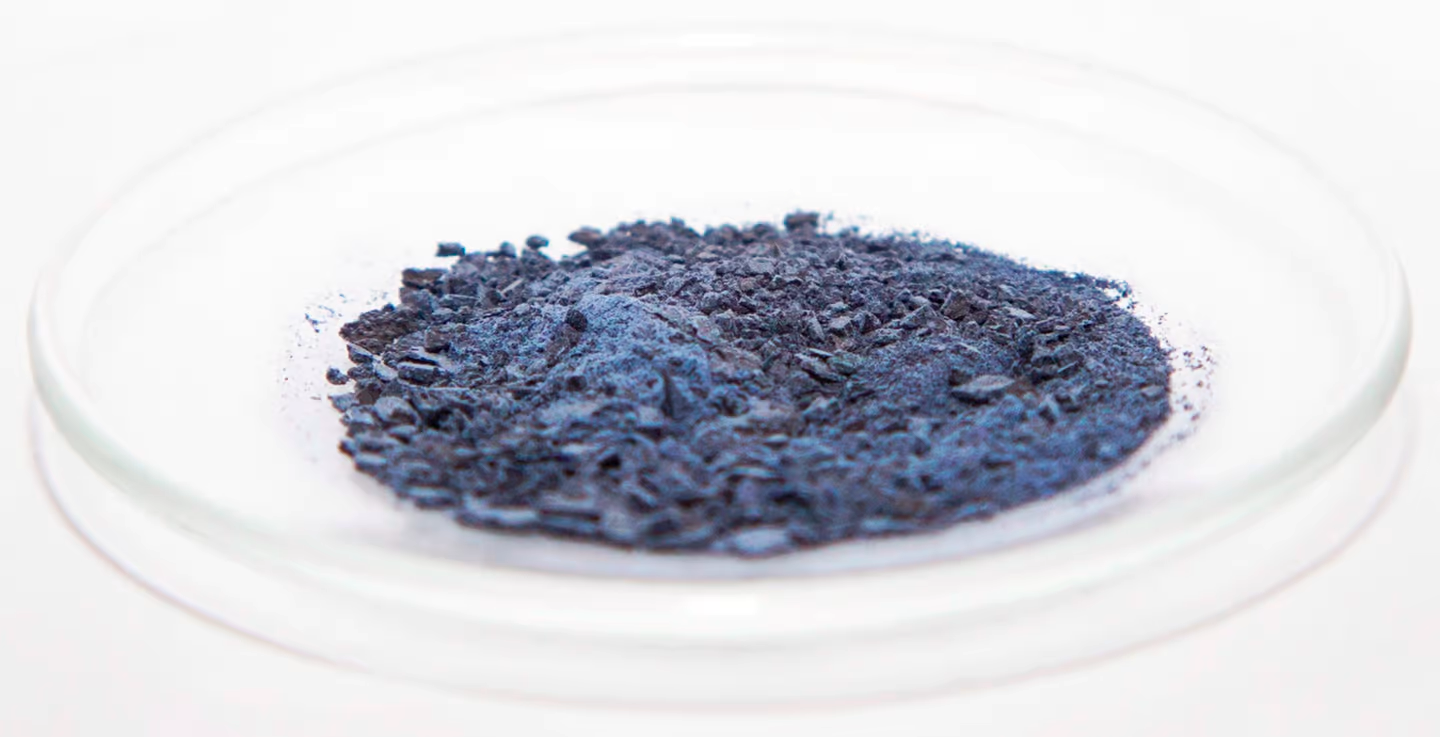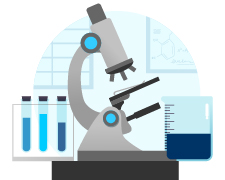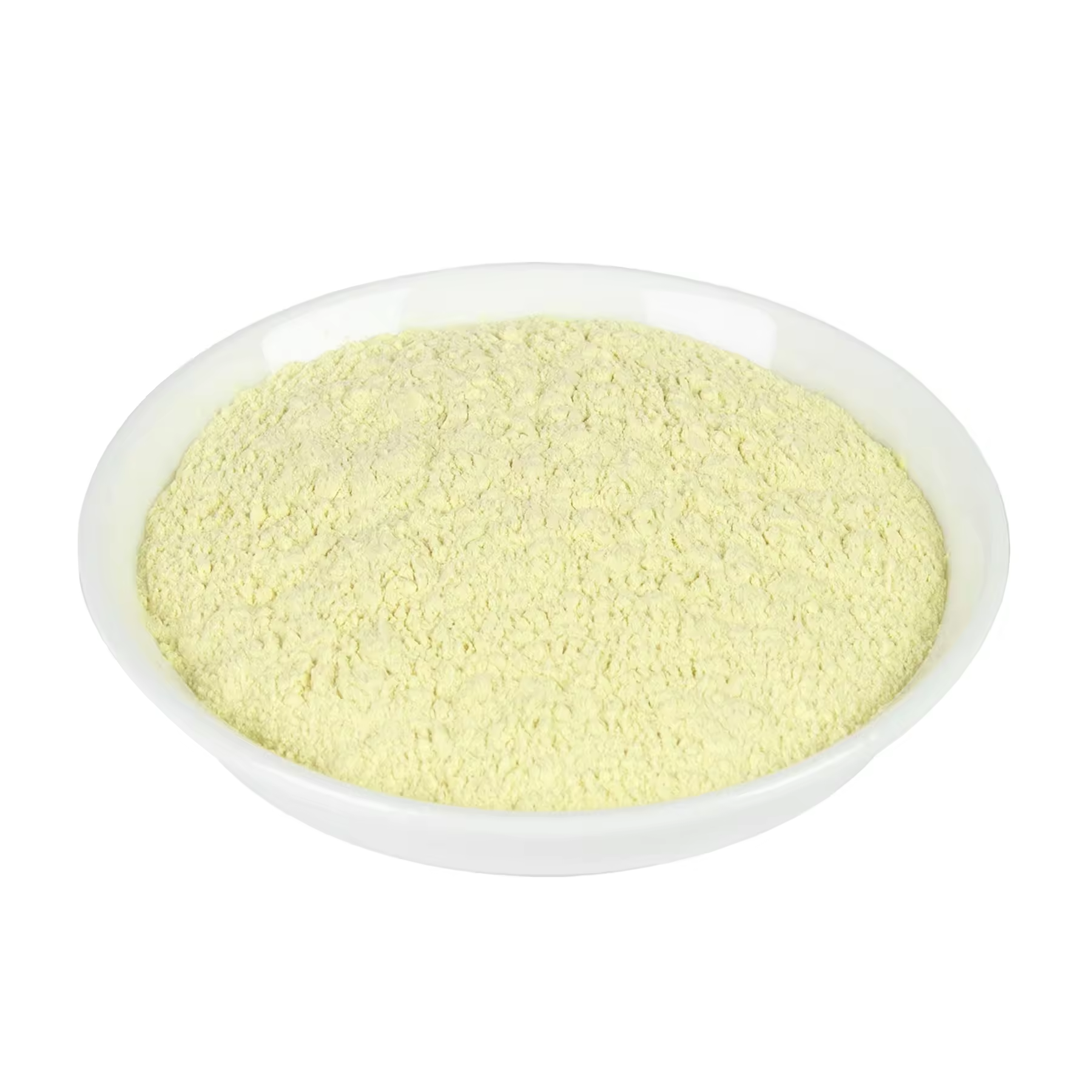Fine Chemical
Subscribe to stay tuned for new web design and latest updates. Pioneering engineered microbes and biocatalysts to manufacture sustainable chemicals.
Let’s do it!
A naturally occurring blue pigment now called indigoidine, 135 years in the making, now accessible through biotechnology – and it’s history.

Microbes that produce a blue pigment were discovered and investigated by a German Chemist, Claessen

The blue pigment was isolated and investigated by another chemist and named indigoicine. The structure remained unknown still.

The chemical structure of indigoidine was discovered after multiple years of study by Richard Kuhn. Making the pigment remained challenging since it is produced at low yields by natural microbes.

The genes responsible for indigoidine biosynthesis were discovered, showing the natural production pathway of indigoidine for the first time

The first genetically modified organism makes indigoicine.

Multiple organisms have been engineered to make indigoine by academic labs. The product is nearly ready for a commercial application.

Shreenika launches an industrial process for affordable indigoidine for the masses.

As a pure crystalline product, RUTINOSE doesn’t contain any preservative. RUTINOSE is free of specified pathogens. The number of non-pathogenic microorganisms with less than 100 CFU per g of RUTINOSE meets the CTFA microbiology guidelines.
Although these data and information have been prepared with the utmost possible care, we reserve the right to make changes due to product improvement and other considerations.
Although these data and information have been prepared with the utmost possible care, we reserve the right to make changes due to product improvement and other considerations.
Nutrition
Subscribe to stay tuned for new web design and latest updates. Pioneering engineered microbes and biocatalysts to manufacture sustainable chemicals.
Let’s do it!


Hesperidin is a bioflavonoid naturally present in citrus fruits (oranges, lemons, limes, grapefruit,
tangerines), as well as in plant materials like tea. It possesses strong antioxidant, antiinflammatory and vasoprotective activities. After absorption, hesperidin is rapidly metabolized to its
more bioavailable active metabolite, hesperetin, which displays a variety of life- and health-promoting
activities at cellular level.
Hespure™ is a proprietary hesperetin product developed for improved stability and absorption processes
relative to the historically used hesperidin. It has been scientifically proven to offer the body improved
cardiovascular health, skin regeneration and rejuvenation, metabolic modulation and cellular longevity
protection benefits – making it an ideal new functional health materials ingredient.
Human clinical trials are still limited but emerging and consistently pointing towards multi-functional benefits of hesperetin (administered as hesperidin which is metabolically converted to hesperetin). Relevant targets include cardiovascular health (Khalilabad et al., 2024; Mas-Capdevila et al., 2020), skin aging (Novotná et al., 2023; Shen et al., 2024), metabolic wellness (Actis‐Goretta et al., 2015; Nakajima et al., 2019), and cognitive function (Jing et al., 2023; Olasehinde et al., 2024).
Hesperetin is very well tolerated at the recommended intakes. No serious adverse effects have been reported in human trials. In fact, human studies using up to 3,000 mg of hesperidin per day for 12 weeks reported no clinically relevant side effects (European Food Safety Authority, 2024). Safety toxicology has shown wide margins: rodents fed extremely high doses (grams per kg body weight) for months showed no organ toxicity (Food Safety Commission of Japan, 2016). Some individuals may experience mild GI discomfort (e.g. soft stools or stomach upset) at higher doses above 1 g/day, but this is infrequent. Overall, hesperetin’s safety profile is excellent – it comes from common dietary sources and has GRAS status (Generally Recognized as Safe) for use in foods in the USA (Food Safety Commission of Japan, 2016). Thus, customers can be assured that incorporating hespure™ into products at
recommended levels poses minimal risk.
Preclinical studies reinforce these findings. Topical or oral hesperetin (and hesperidin) have been shown to protect skin from UV damage by reducing inflammation and oxidative stress in the skin. For instance, hesperidin creams applied to mice prevented UVB-induced increases in skin thickness, erythema, and matrix metalloproteinase (MMP) levels (De Araújo Andrade et al., 2022; Man et al., 2019). Hesperetin also suppresses MMP-1, the enzyme that breaks down collagen, in human skin cells – especially when those cells are exposed to UV or other stressors (Shen et al., 2024). By lowering MMP-1 and boosting protective enzymes, hesperetin helps maintain skin elasticity and integrity. For topical applications, please request our Hesperegen™ product line, containing cosmetic grade hesperitin.
Both liquid and dry powder forms of hesperetin have a normal shelf life of 12 to 24 months when properly formulated. Our study indicates that hesperetin exhibits exceptional stability, outperforming the majority of flavonoids. Its resistance to oxidation and severe discoloration during storage guarantees its effectiveness and aesthetic appeal over time. Because of its durability, it can be relied upon as a component in dietary supplements, nutritious powders, and long-lasting beverage compositions.